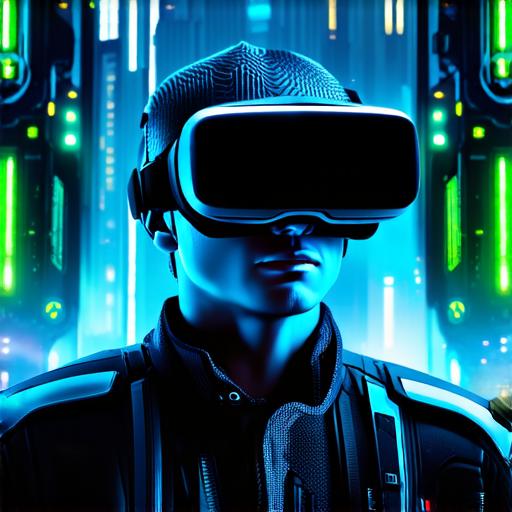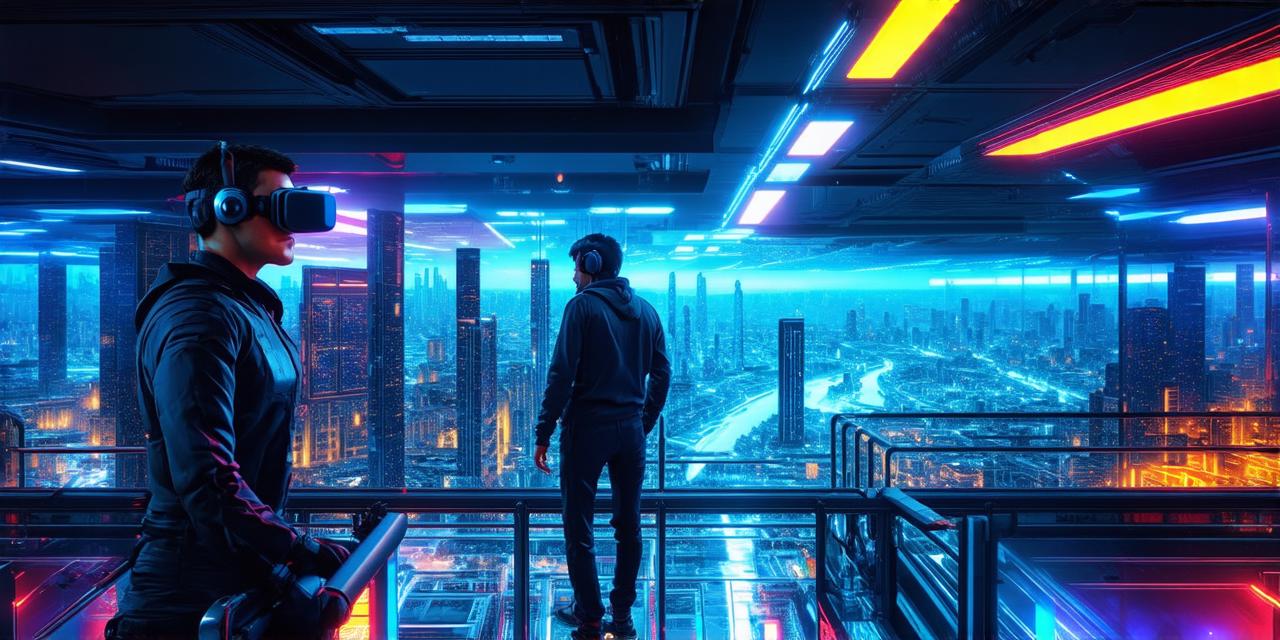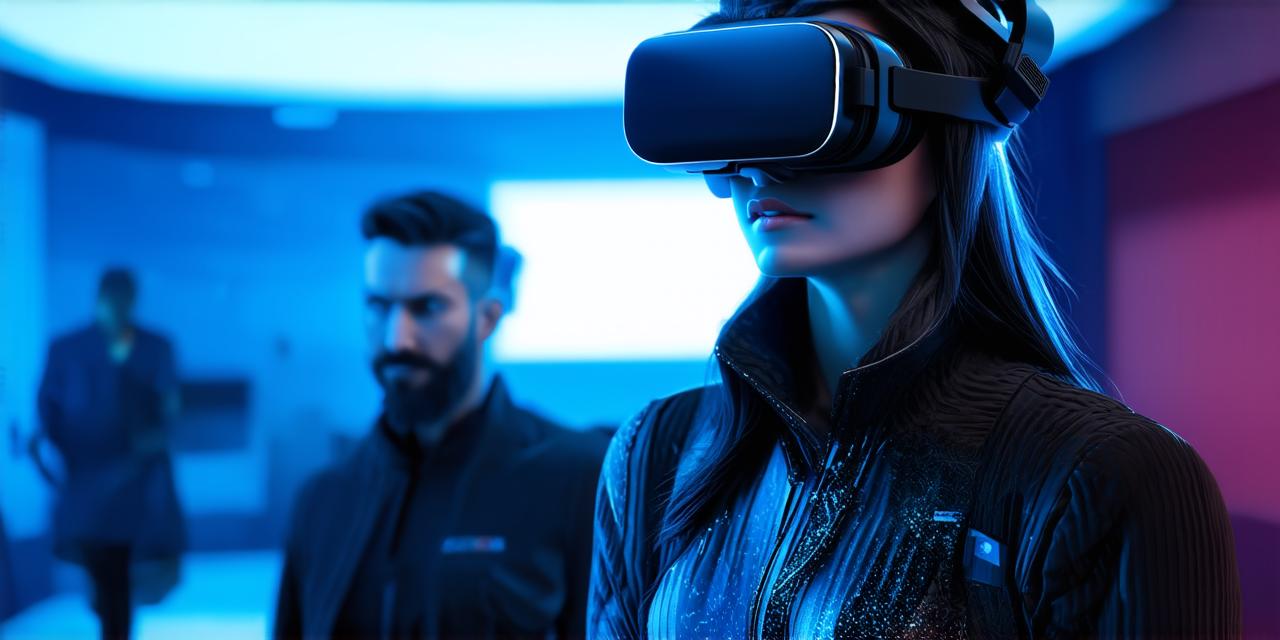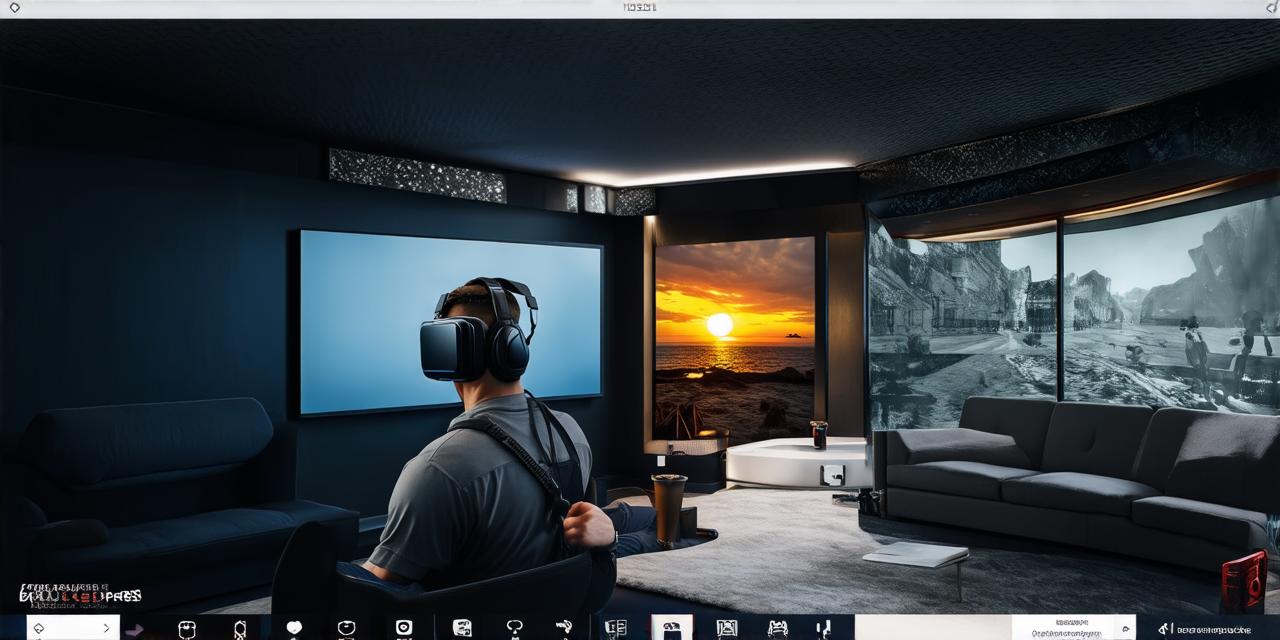Introduction:
The world of technology is constantly evolving, and virtual reality (VR) is no exception. VR is a rapidly growing industry that has the potential to revolutionize the way we experience and interact with the world around us. In this article, we will explore when we can expect to start inhabiting virtual reality, and what it means for the future of immersive experiences.
When Will We Start Inhabiting Virtual Reality?
Virtual reality technology has been around for a while now, but it is only in recent years that it has become more accessible and affordable. The first commercial VR headset, the Oculus Rift, was released in 2016, and since then, numerous other companies have entered the market with their own offerings.
One of the main factors driving the growth of VR is the increasing demand for immersive experiences. People are looking for ways to escape from the mundane and immerse themselves in new worlds and environments. This has led to a surge in the development of VR games, as well as applications in other fields such as education, training, and entertainment.
Another factor driving the growth of VR is the advancements in technology. As hardware and software become more powerful, it is becoming possible to create increasingly realistic and immersive experiences. This has led to the development of new technologies such as haptic feedback and eye-tracking, which allow users to feel and interact with virtual objects in a more natural way.
The Future of Immersive Experiences

As VR technology continues to advance, we can expect to see even more immersive experiences becoming available. This will not only be limited to gaming, but also in other fields such as education, training, and entertainment.
For example, in the field of education, virtual reality can be used to create simulations that allow students to experience historical events or scientific phenomena in a safe and controlled environment. In the field of training, VR can be used to simulate real-world scenarios, allowing workers to practice their skills in a risk-free environment.
In the entertainment industry, virtual reality is already being used to create immersive experiences such as 360-degree movies and concerts. We can expect to see even more innovative uses of VR in the future, as the technology continues to evolve.
Case Studies and Personal Experiences
One of the best ways to understand the potential of virtual reality is to look at real-life examples and personal experiences. One such example is the use of VR in the field of therapy. Virtual reality can be used to create simulations that allow patients to confront their fears and anxieties in a safe and controlled environment. This has been shown to be highly effective in treating conditions such as PTSD and phobias.
Another example is the use of VR in the field of tourism. Virtual reality can be used to create virtual tours of famous landmarks and attractions, allowing people to experience them from the comfort of their own homes. This has the potential to revolutionize the way we travel and explore new places.
Personal experiences with VR have also shown the potential for this technology to change our lives. One person who has experienced the power of VR firsthand is Dr. Brian Skerry, a renowned marine biologist and National Geographic photographer. He used virtual reality to create an immersive experience that allowed people to experience the beauty and wonder of the ocean in a way that was never possible before.
Expert Opinions
There are many experts in the field of virtual reality who have shared their thoughts on when we can expect to start inhabiting virtual reality. One such expert is John Carmack, the co-founder of id Software and the creator of Doom and Wolfenstein 3D.




